Nobody got bull strong who wasn’t tough. “There is no hard body with soft hands,” I’ve heard. While grit is part of the game, let’s also be diligent about making sure our work ethic isn’t hiding the subtle roots of injury.
As you move from a beginner to an intermediate lifter, a few things change. You’re working with weights and volumes heavy enough to warrant smarter programming. Relative strengths, areas for improvement, and goals must be accounted for and balanced in each mesocycle. The program choices here are endless.
To prevent plateaus or injury down the road, take stock of which lift might need some fine tuning and focus your efforts before it becomes a liability. We are looking at the deadlift here, but the same principles could be applied to the squat or press.
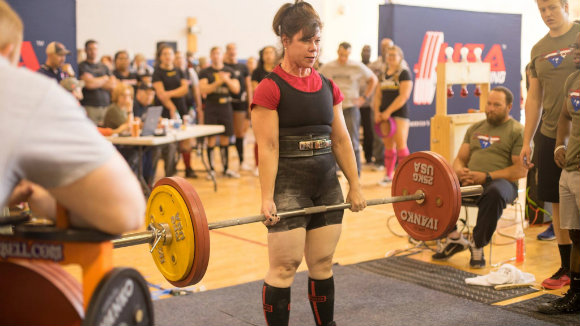
Heavy Doesn’t Have to Be Slow
For the strength athlete, the deadlift is the simplest, and often the heaviest, lift of all. It’s a barometer of your strength, physiological state, and structural integrity. Unfortunately, it’s easy to grind past the point of high-quality reps, allowing less optimal movement habits to take hold.
If your deadlift is sluggish, stuck, or just feeling “off,” it’s time to change gears.
The goal of this program is not necessarily to set a new 1RM, it’s to re-tool and potentiate your hip hinge for safer, stronger reps. We are concerned with building, not testing, by doubling-down on trunk stability, training deadlift variations, and focusing on speed reps.
As Brett Jones said, “You can PR without maxing.”
Quality over quantity.
The Hip Hinge Program
Every day starts with a breath-focused sequence to prime the hips and core.
Daily Warm-up:
- 90/90 Breathing x 2 Minutes
- Glute Bridge x 1 Minute
- Bottoms-Up Hip Flexor Stretch – 2 x 20s each
- Dead Bug x 2 Minutes
- Stationary Split Squat x 5 each
The 90/90 breathing drill is influenced by Dr. Quinn Henoch of JTS Training and Chad Wesley Smith, who credits much of his recovery from a major back injury with this type of movement prep.
Our breath can limit or unlock our potential. Specific to the deadlift, the breath should help set the hips in the most advantageous position while bracing the spine. When practicing breathing drills for a lifting application, don’t stop with an inhalation into the “belly,” but continue into the lower back, chest, and upper back. Such practice gives you a reverse belt, of sorts, generating tension from the inside out through the entire torso.
Take the same focused attention on the breath to the remaining drills. After the warm-up, you’re ready to apply those breathing and core bracing skills to the bar.
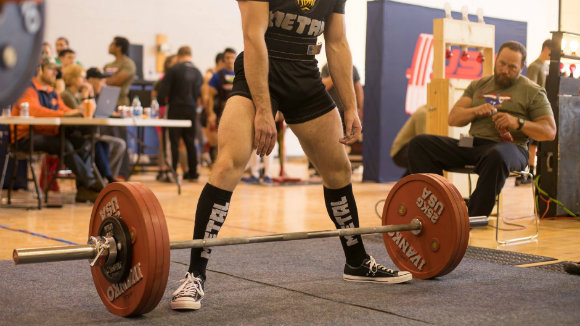
In this program, the hip hinge is trained three times per week, with two speed-oriented days (one with heavier top sets) and a swing day. Here is an outline of the four training days:
- Day 1 is trained with the opposite deadlift stance that you compete or are most strong with. If your conventional and sumo maxes are very close, then lucky you—choose either variation. If you must stay with your preferred stance due to injury or other issues, consider pulling from a one- or two-inch deficit. A new stance maybe just the right amount of variety the body needs to fill in the gaps of a lagging pulling pattern.
- Day 2 is for front squats and whatever press is most important for you at the time. Front squats are recommended over back squats to limit the poundage and stress on the spine.
- Day 3 is for the deadlift, but training your competition stance. The speed sets are basically warm-ups to the heavier singles that follow. Feel free to increase the speed set weights as you go, especially if there is a 75lb+ difference between your 60 and 75% numbers.
- Day 4 is swing day. Use doubles of your snatch-size bell or 4kgs heavier. You may also swing two-handed with a single bell if you have one heavy enough.
Note that assistance exercises are predominantly core and row based, lest we forget the importance of the abs and lats in a good pull. The farmer’s walk is performed very slowly with weights that challenge posture but don’t unduly fatigue the grip. I call this Dr. Mark Cheng inspired variation the “ninja walk.”




Supersets are notated with A/B. For example, on Day 1 perform 10 swings, 3-5 pull-ups, rest and repeat four more times through.
Click here to download an Excel file of the entire program.
The Finer Points
You should be well versed in the skills of tension for grinds. As such, this is not an appropriate program for beginners. Using simple cycling and practice, build your deadlift to at least 1.5x bodyweight if you are a lady or 2x bodyweight if you are a gentleman.
Do not take “speed” to the point of trying to be ballistic with your deadlifts. Lighter weights allow you to practice constant acceleration through the pull, but do not lose tension. Master tightness before worrying about speed.
A few helpful deadlift tips to keep in mind:
- Film your sets from the side. Ensure your form, no matter what speed, looks the same.
- Squeeze the bar off the floor, pull with smooth and steady force.
- Finish each set with a “static-stomp” and hold for three to five seconds. Imagine driving your feet through the floor with maximal pressure, reinforcing a strong lockout.
- Practice low-arousal lifting. No music or psych ups.
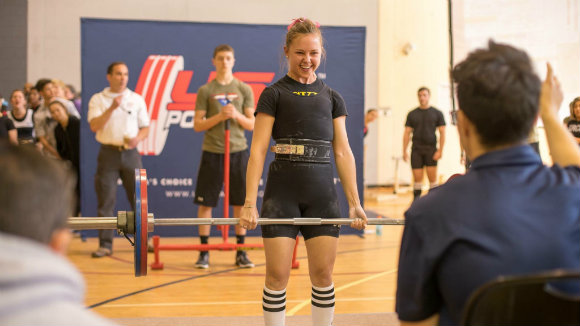
The Power of the Hip Hinge Program
Training to the edge of your ability on the deadlift may be tempting, but leaves you with little room to progress. Smart strength training is not a mad dash to add the next plate.
Take a cycle to truly cash in on the value that lies in owning submaximal weights. Nothing beats the feeling of smoking a deadlift that used to stick to the floor. Marry tension with speed and soon you’ll be asking, “Who turned down the gravity?”
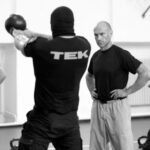
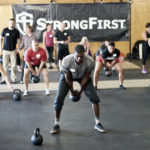
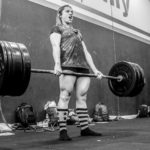
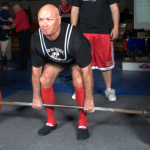
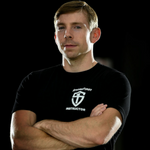

Looks like fun! You guys just need to double check the percentages 😉
Good eye, Felix! The percentages were actually right; there was a spacing issue. But it’s all fixed now!